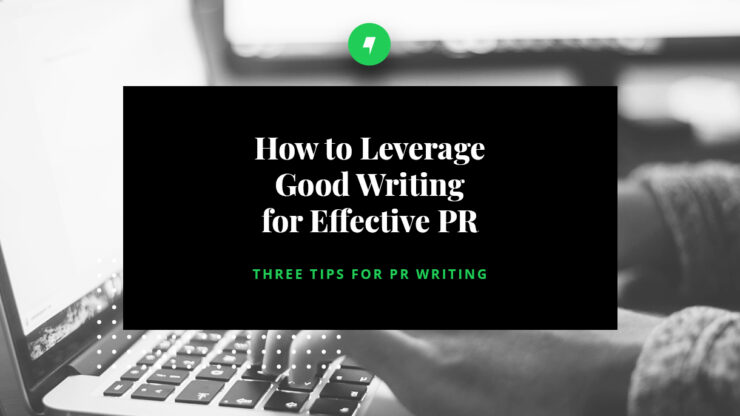Public relations, like journalism, is built on a foundation of good writing. Whether we’re pitching a story, crafting a press release or drafting an op-ed, our success often depends on the ability to convey big, and often complex, ideas in a way that is accessible to a broad audience of lay consumers.
Below, we outline some general tips to help your writing stand out and explore how these approaches can be applied across industries, from law to AEC or financial services.
Understand your audience
This is the first and most important step in the writing process. Knowing your audience—whether it’s an individual journalist or a large, general readership—will help determine your voice, tone and, ultimately, the way you choose to relay your information and insights. It can also point you in the direction of the best research to help you make a persuasive case on behalf of your client.
Study the sources that your readers consistently tap for information, and be sure to weave that data into your own writing. This can help build a rapport with your audience, but more importantly, it will help you craft a piece that is relevant to their own experiences. Our aim shouldn’t be simply to regurgitate facts or figures, but to compose an engaging narrative that addresses the biggest question of all: “so what?”
Be clear and concise
There’s a reason why journalists write in the “inverted pyramid” style. This time-honored approach places a premium on the most important details, and in an age information overload, it is particularly vital to communicate your most salient points with brevity and candor. Avoid using superfluous adverbs and adjectives. Focus instead on impactful nouns and verbs, and never force your reader to go sifting through dense paragraphs in search of your argument.
Be direct and forward looking. For PR pros, the inverted pyramid should prioritize impact above all else.
Be creative
The press release is, of course, the most common language shared by journalists and PR pros, and the format is particularly useful for efficiently packaging large amounts of information. However, it’s not always the most time-effective way of communicating with reporters. Often, a targeted pitch will do the trick just as well, while saving you the hassle of a lengthy approval process. Targeted pitching can also open a more direct line of communication with reporters.
Posted In Content Marketing
 Tom McParland
Tom McParland 